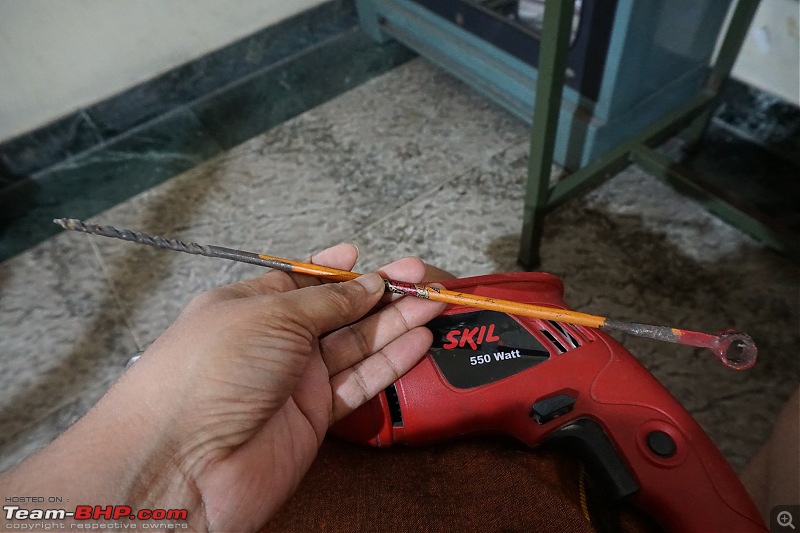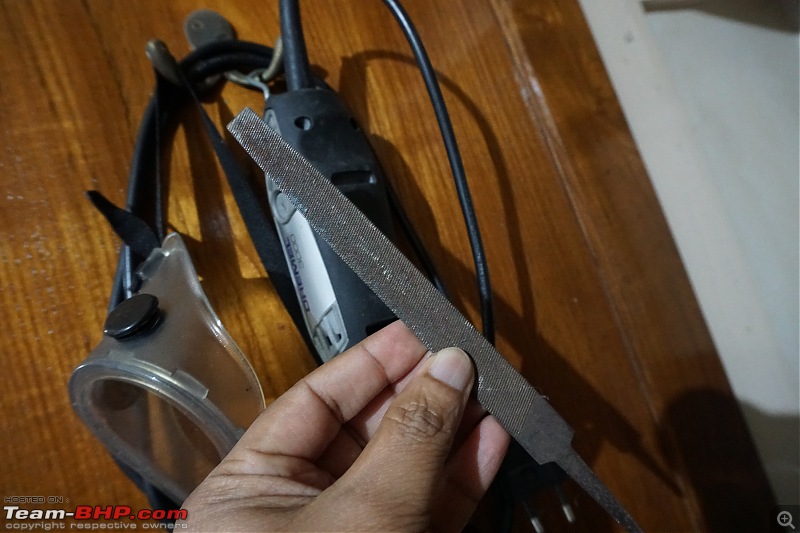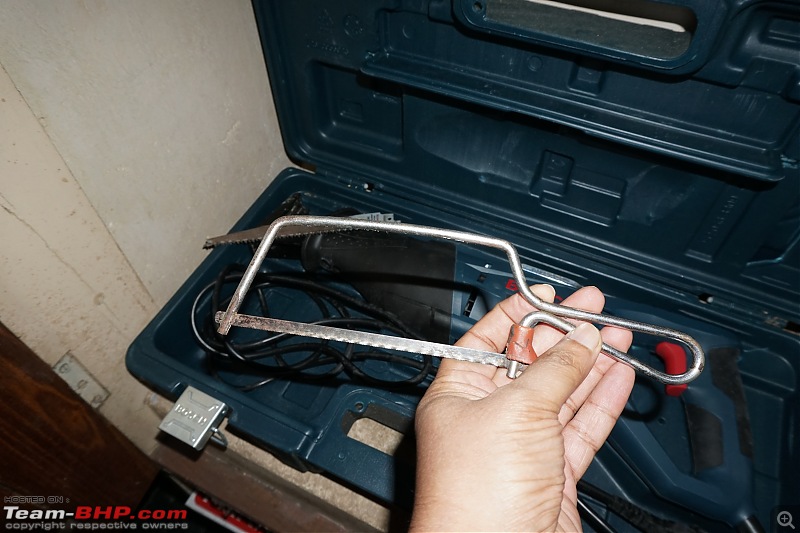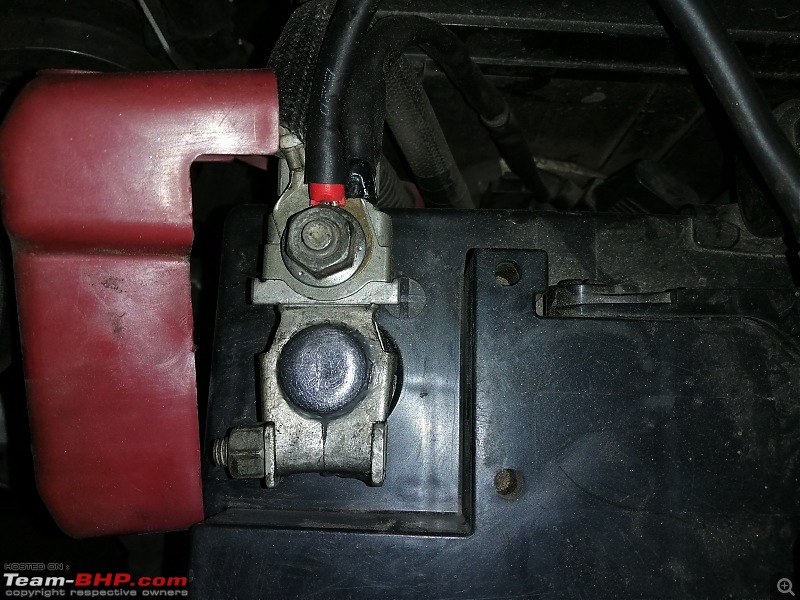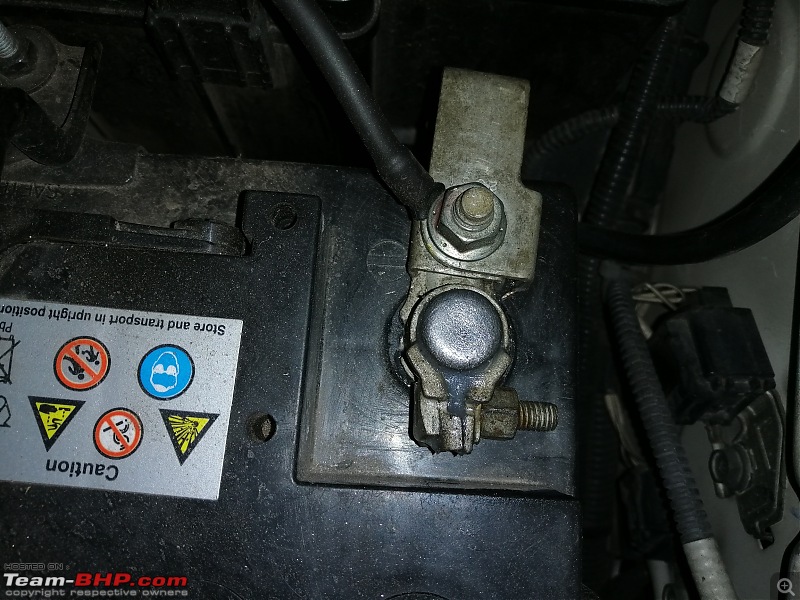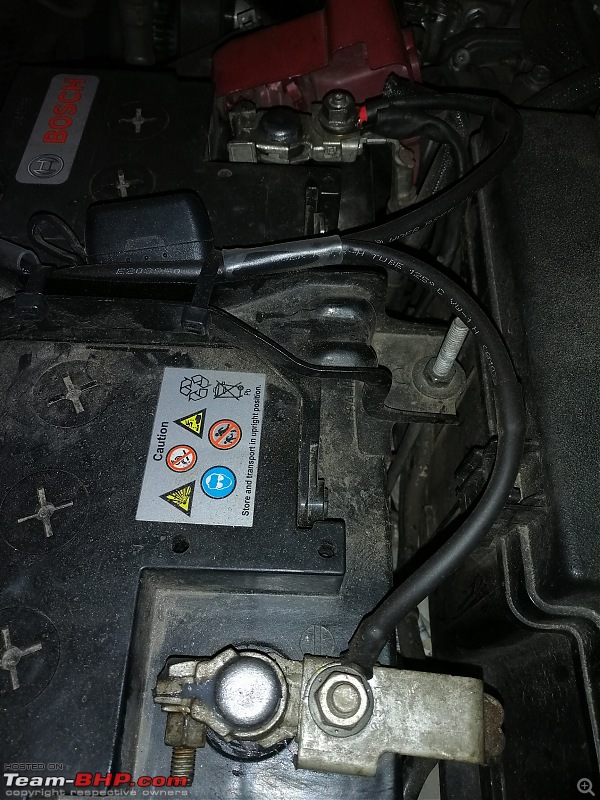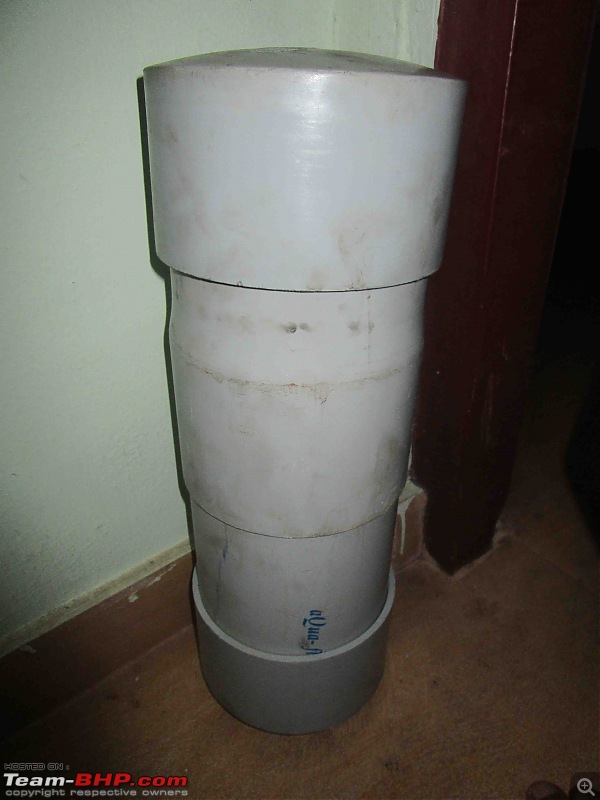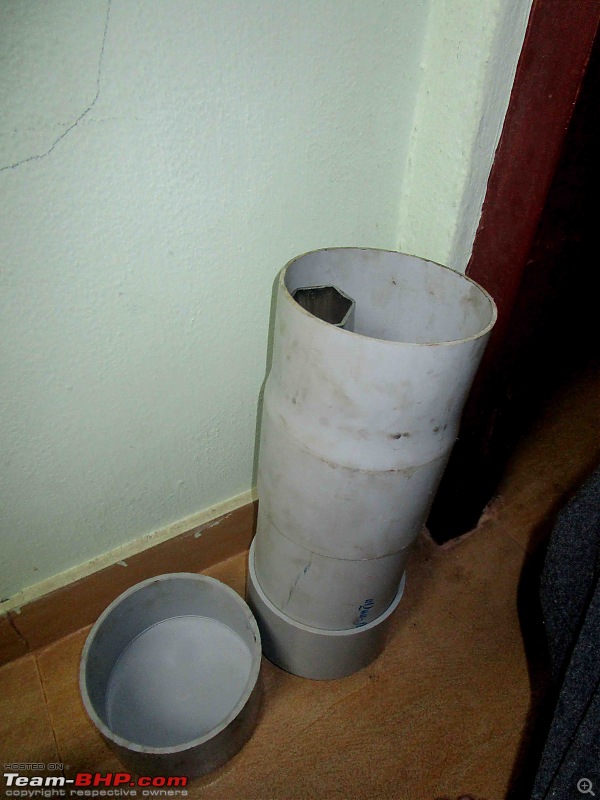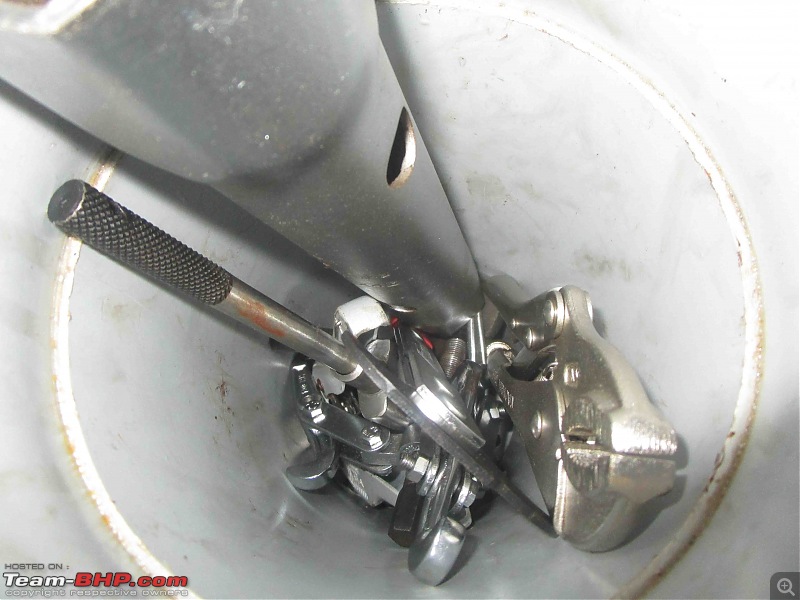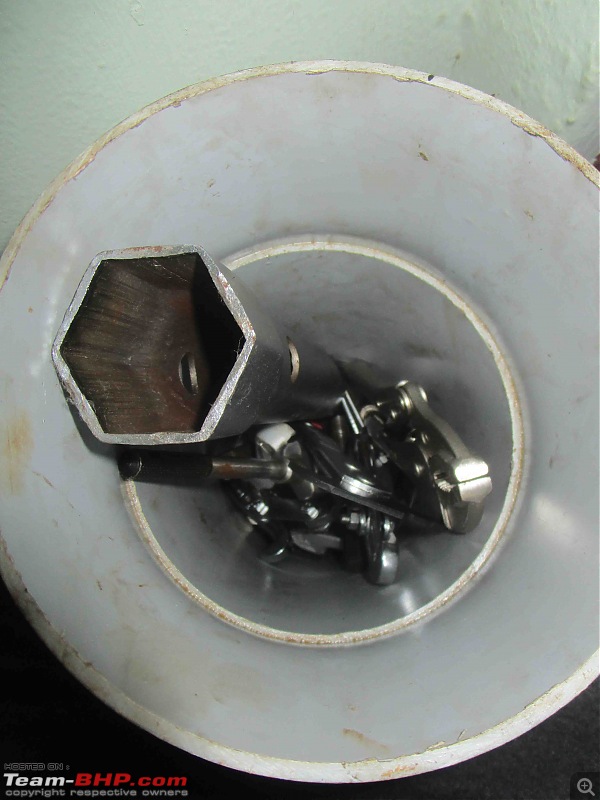| | #2101 |
| Distinguished - BHPian  Join Date: Jun 2007 Location: Chennai
Posts: 11,005
Thanked: 26,447 Times
| |
| |
| |
| | #2102 |
| Senior - BHPian Join Date: May 2005 Location: Location
Posts: 5,766
Thanked: 9,054 Times
| |
| |  (1)
Thanks (1)
Thanks
|
| | #2103 |
| Distinguished - BHPian  Join Date: Jun 2007 Location: Chennai
Posts: 11,005
Thanked: 26,447 Times
| |
| |
| | #2104 |
| BANNED Join Date: Jan 2006 Location: Cochin
Posts: 2,195
Thanked: 268 Times
| |
| |  (2)
Thanks (2)
Thanks
|
| | #2105 |
| Distinguished - BHPian  Join Date: Oct 2008 Location: Pune
Posts: 3,231
Thanked: 5,742 Times
| |
| |  (2)
Thanks (2)
Thanks
|
| | #2106 |
| Distinguished - BHPian  Join Date: Dec 2012 Location: Ranchi
Posts: 4,396
Thanked: 12,047 Times
| |
| |  (4)
Thanks (4)
Thanks
|
| | #2107 |
| Senior - BHPian Join Date: May 2005 Location: Location
Posts: 5,766
Thanked: 9,054 Times
| |
| |  (2)
Thanks (2)
Thanks
|
| | #2108 |
| Senior - BHPian Join Date: May 2005 Location: Location
Posts: 5,766
Thanked: 9,054 Times
| |
| |  (4)
Thanks (4)
Thanks
|
| | #2109 |
| BHPian Join Date: Sep 2009 Location: Trivandrum
Posts: 932
Thanked: 1,215 Times
| |
| |  (17)
Thanks (17)
Thanks
|
| | #2110 |
| BHPian Join Date: Oct 2007 Location: Bangalore
Posts: 593
Thanked: 1,129 Times
| |
| |  (1)
Thanks (1)
Thanks
|
| | #2111 |
| Senior - BHPian Join Date: May 2005 Location: Location
Posts: 5,766
Thanked: 9,054 Times
| |
| |  (4)
Thanks (4)
Thanks
|
| |
| | #2112 |
| BHPian Join Date: Oct 2007 Location: Bangalore
Posts: 593
Thanked: 1,129 Times
| |
| |  (2)
Thanks (2)
Thanks
|
| | #2113 |
| Senior - BHPian Join Date: Apr 2011 Location: Dubai/Bengaluru
Posts: 3,590
Thanked: 11,096 Times
| |
| |  (1)
Thanks (1)
Thanks
|
| | #2114 |
| Senior - BHPian Join Date: Jul 2009 Location: Calcutta
Posts: 4,668
Thanked: 6,217 Times
| |
| |  (1)
Thanks (1)
Thanks
|
| | #2115 |
| Distinguished - BHPian  | |
| |
 |
Most Viewed





